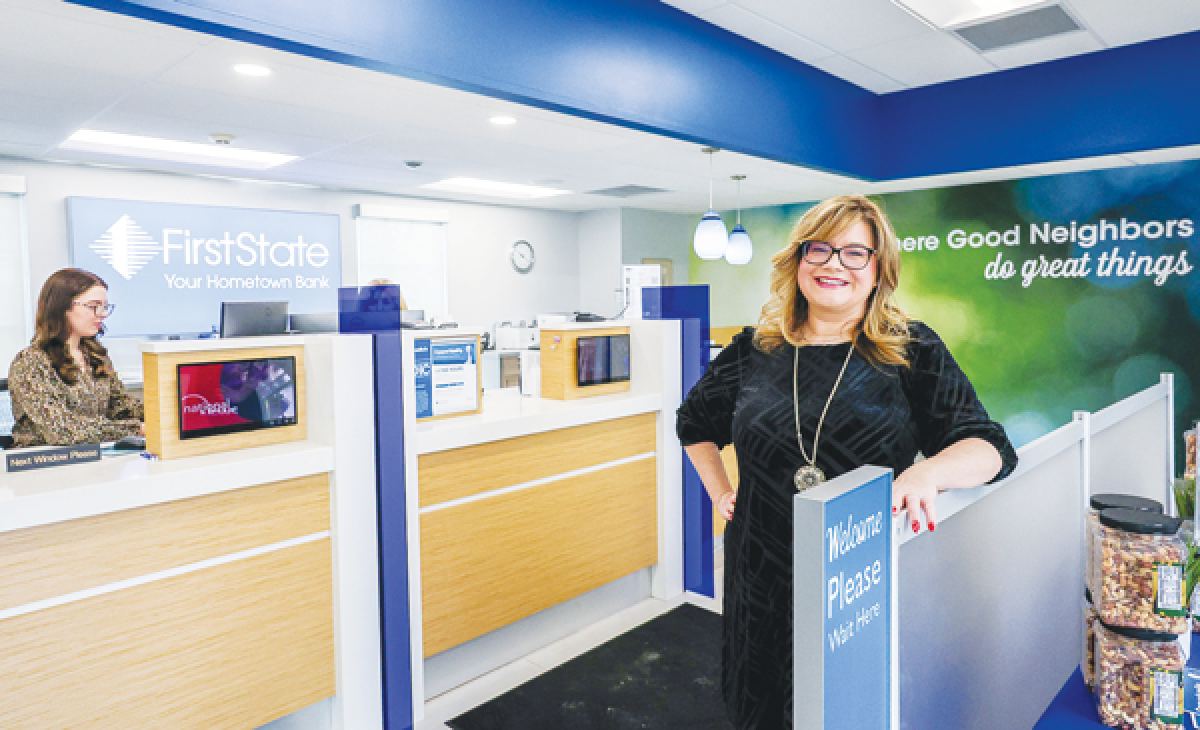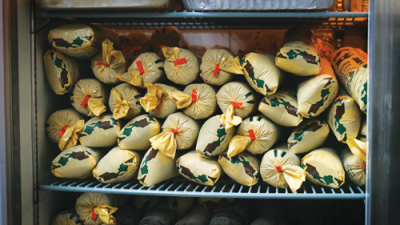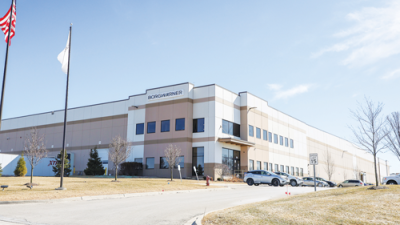METRO DETROIT — This may be news to some, but money doesn’t grow on trees. It can grow, however, if you know how and where to plant it.
Money is handy in a checking account or kept as cash because it can easily be spent. Investing what you don’t need to spend immediately in stocks, mutual funds and other long-term investments can see a high return when it is time to cash out — if you have years or decades to see it through.
For those looking to grow their unused cash but are not interested in waiting years to see the pay off, there are high-yield savings account options.
Banks and credit unions offer savings accounts as a way for customers to grow deposited funds through compounding interest at a rate known as an annual percentage yield. The ability to build upon deposited funds through interest serves as a tradeoff for often not being able to directly use funds as they would be in a checking account. Using money in a savings account requires transferring funds to a checking account, and the frequency and amount of transfers is governed by federal regulations and often by policies set by individual banks and credit unions.
While savings accounts at large brick-and-mortar institutions have APYs in the 0.01-0.05% range, the growth of online banking options has seen the rise of a more aggressive way to save — the high-yield savings account.
“A lot of (high-yield savings accounts) are offered by institutions that mainly do online services,” said Sam Taube, lead investing writer at NerdWallet. “They have fewer or no branches and the way that they work, in a business model sense, is that those financial institutions have much lower overhead costs because they’re not renting storefronts to operate branches, and they pass those savings along to the consumer in a higher APY.”
By cutting the overhead costs and funneling the savings into the accounts of members, high-yield savings accounts from online institutions can have APY rates anywhere from 3-5%. However, the lack of overhead that leads to some banks being able to provide high-yield savings accounts can create problems for some savers.
“On one hand they offer a much higher APY than you would get from a traditional bank, but on the other the branchless model can mean that they offer slightly more limited customer service options than a traditional bank,” Taube said. “If you really want the ability to physically go to the bank and talk to someone if you have a problem, that may not be available through every high-yield savings account provider.”
If the virtual nature of online banking is not attractive and the inability to directly pull from savings accounts seems stifling, brick-and-mortar banks and credit unions offer money market accounts as an alternative.
“It’s more like a hybrid between a checking and a savings account,” said Amy Persyn, chief marketing officer at First State Bank, on Groesbeck Highway in Clinton township. “This acts like a checking account because you can write checks off of it.”
Unlike high-yield savings accounts from online banks, money market accounts can be directly used to make up to six transactions in a calendar month via checks or a debit card per federal regulations. APYs on money market accounts can rival those of high-yield savings accounts on an institution-by-institution basis.
Financial institutions offer other kinds of ways to build savings through accrued interest.
Certificates of deposit are savings accounts where money is held without being withdrawn and they have a fixed APY. Institutions may offer various themed savings accounts, such as those built around saving for holidays, vacations and taxes.
“Sometimes they (savings accounts) are about the rate you’re getting and sometimes it’s about creating a behavior that ends up benefiting you in the long run,” Persyn said.
Terms, conditions, fees, rates and other critical details for savings and money market accounts vary by institution. Prospective savers are encouraged to look around and see which institutions offer more agreeable conditions.
 Publication select ▼
Publication select ▼

























